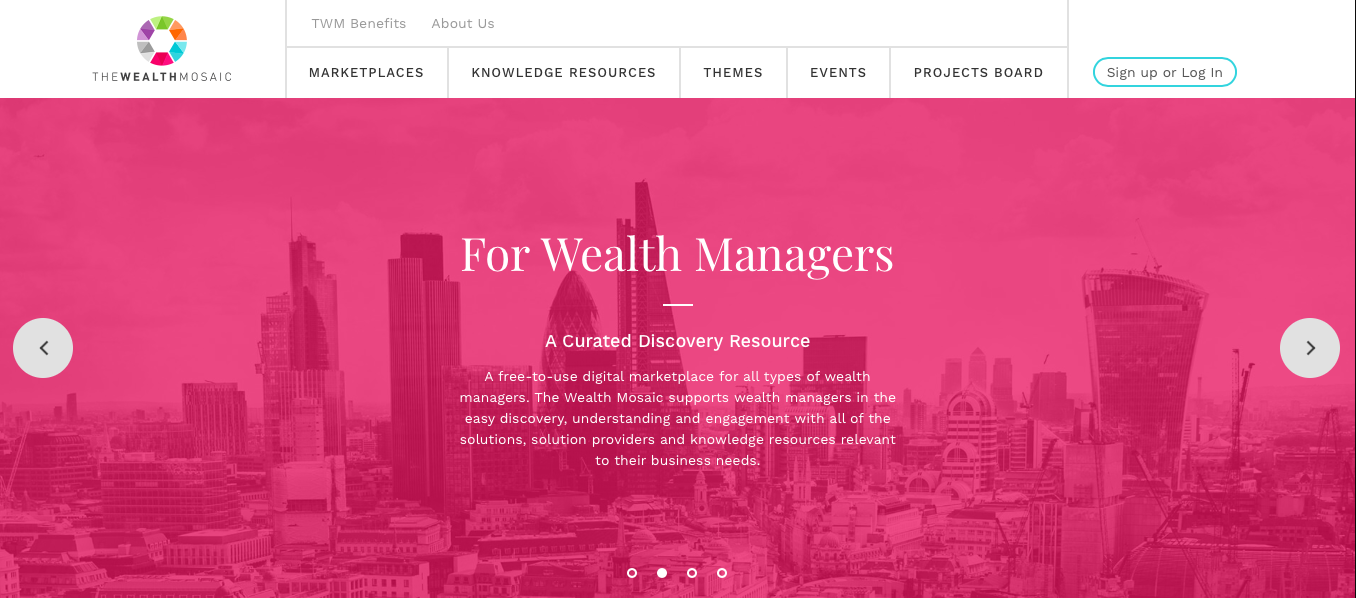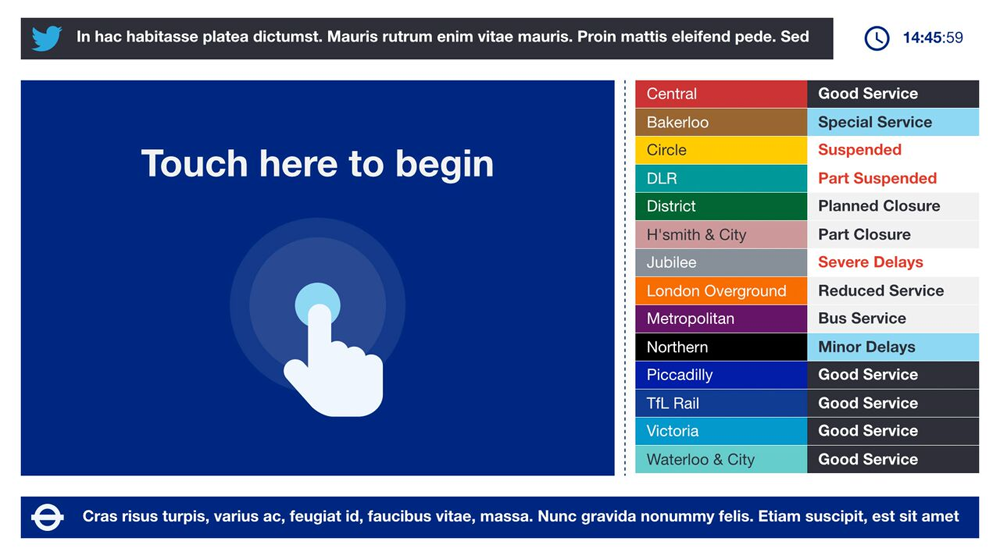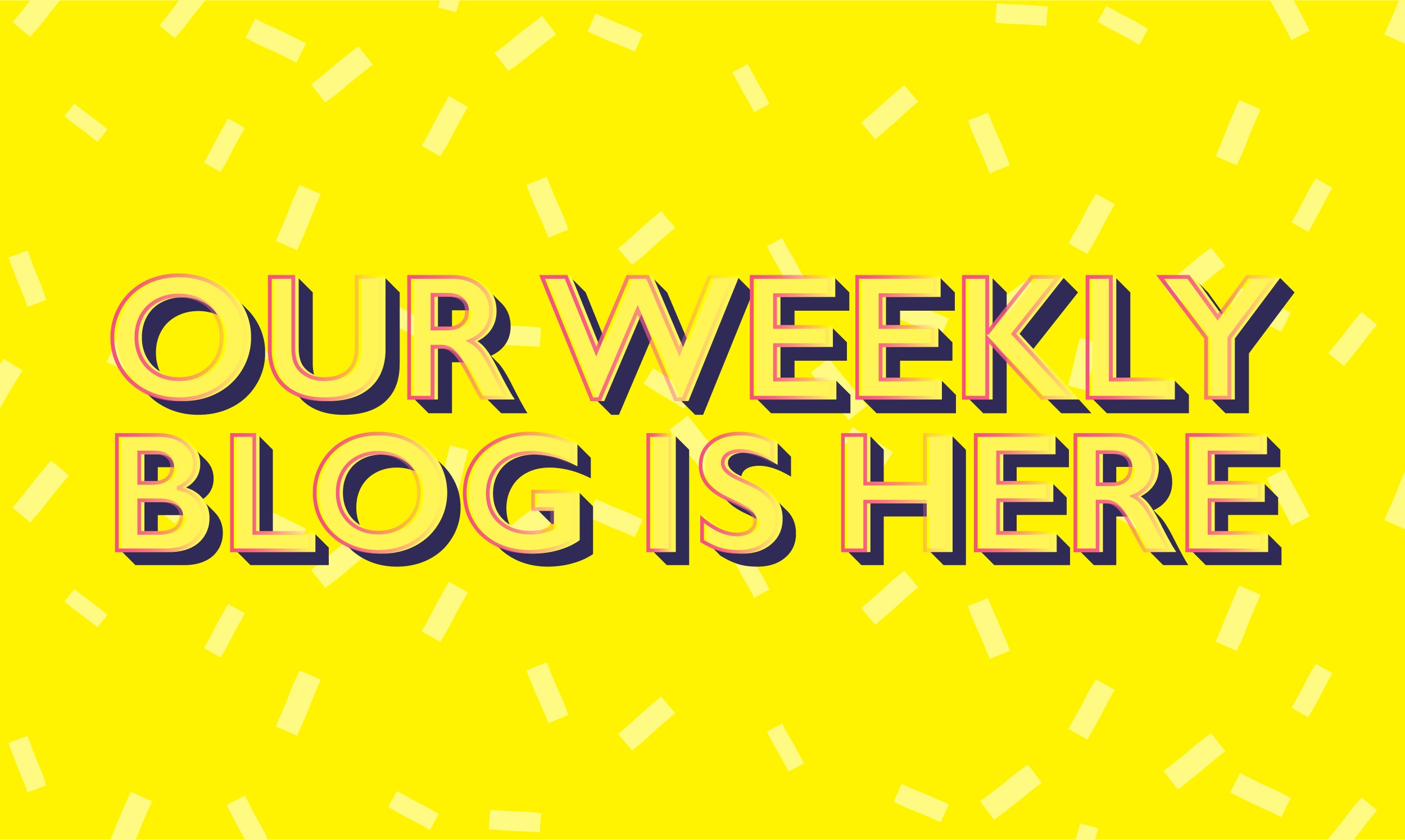Why do businesses want to bring technology into their operations?
It never really starts with a decision to adopt the latest tech. It always starts with a critical look at that business.
And when looking critically at different businesses, there’s likely always one thing which comes to the fore. Inefficiencies.
The nature of these inefficiencies will always vary from business to business and sector to sector, but for every operation there will be something that doesn’t work as well as it could – and it will be having a negative impact. That’s where the right tech comes in. Take the manufacturing sector for example. The adoption of 3D printing has come about due to the inefficiency and labour of creating things with multiple parts. Robotics can revolutionise the industry as it does away with the inefficiency of the human eye.
But to drill deeper into why specific inefficiencies happen with certain businesses, it’s key to analyse the behaviour of those people involved in the operation.
What do we mean by human behaviour?
At Bolland & Co, we always start by looking at how customers, employees or third parties interact with a company. We question the role they play and the specific mindset they hold when interacting with that business.
By understanding this we’re able to map out how we can help them and enhance their experience. This can be anything from a frustration of not getting the information they need quickly and instantly, the human mistakes involved in scheduling multiple appointments, or simply a desire to meticulously plan a journey.
Once we understand that, developing the technology to meet their needs is the simple bit.

How was this been implemented on live client projects?
The Wealth Mosaic
Wealth Managers offer a high-level professional service, advising on finances, investments, tax services, retirement planning, accounting and legal and estate planning.
They’re under huge pressure to provide the right advice tailored to the needs of their individual customer. Put simply they need the latest information at their fingertips to adequately service their clients. It was an understanding of this pressure that enabled us to re-build and develop a global financial marketplace providing instant and up-to-date information. Understanding the collective human behaviour of wealth managers enabled us to tailor the user experience to cater for their precise needs

Human insight: The requirement for instant up to date information.
Transport for London
Transport in London is easy if you know how. It’s much more difficult and overwhelming if you don’t. The queues move quickly and sometimes you can only get a quick look at the map before heading down the escalator. Put simply, it can be difficult to navigate.
To solve this issue, we worked with TfL to create a designated kiosk with a bespoke touchscreen journey planner, providing detailed journeys from that specific location. Using existing internal APIs and scraped data it provided a simple to use interface with up to date and tailored journey plans across a variety of transport options.
 Human insight: For novices, London is overwhelming and extremely difficult to navigate.
Human insight: For novices, London is overwhelming and extremely difficult to navigate.
The NHS
Human error can be extremely costly. And none more so than in an environment like the NHS. Between staff, opinions can change, and notes may not be updated sufficiently to assist with clinicians providing a diagnosis.
We worked with an NHS Trust to remove the requirement of human error and differing opinion by creating a hybrid mobile application that enabled clinicians to safely, securely and compliantly take photos of patients using their smartphones. The photos were then stored on a secure image repository for review and to provide an audit trail for administrators.

Human insight: Human error and opinion can differ between clinicians.
At Bolland & Co, in all our work we start with analysis of human behaviour and customer requirements, before creating the tech to respond to the individual challenges of the specific client and sector.
You can learn more about our client approach and results through our case studies, as well as at one of our upcoming events.
